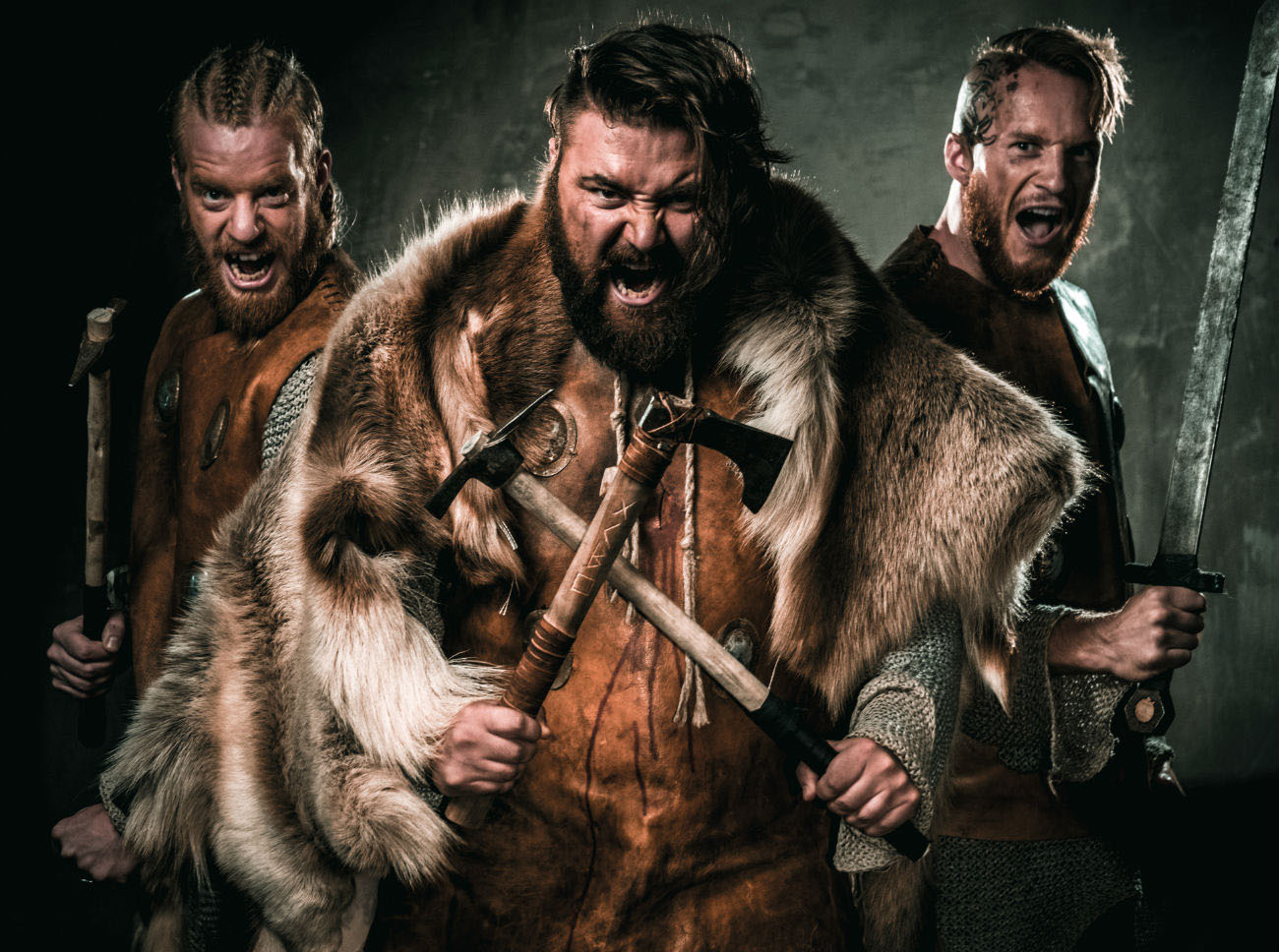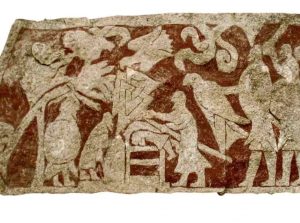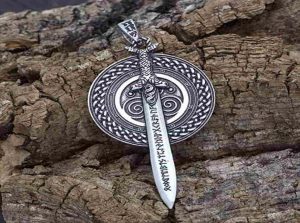It was 793 AD when the first Vikings reached the English shores. It was the only time when they were mistaken for merchants and offered a warm welcome by the locals. A small, but a bloodthirsty contingent of Vikings slaughtered everyone on sight and set to plunder, rape and kill anyone that stands on their way.
After Britain, Vikings raided France, Spain and even went all the way to Northern Africa. Everywhere they went they were preceded by their reputation as ruthless warriors that fear no death. As the matter of fact, they believed that if they died in battle, then they would go straight in Valhalla, the Viking’s version of heaven. There they would live blissfully and forever, ruled by their god Odin.
Here we look at some of their greatest and bloodiest battles that helped shape Europe. The battles mentioned here are recorded by historians and scholars that lived during the Viking age. There are other stories of even greater battles, but they remain on the fringe of mythology and true history.
The Siege of Paris
The Siege of Paris in 845 was part of the invasion of France. The siege was led by no other but the legendary king “Regnerus”, or Ragnar Lodbrok. The same one portrayed in the hit series “Vikings”. The TV series may not follow the events to the letter, but much of the events described there can be confirmed as historical facts.
Ragnar commanded a fleet of around 120 ships that carried thousands of battle-hardened Vikings. They entered the river Seine during March where they fought against King Charles army. After defeating the French army they proceeded towards Paris. There they laid a bloody siege around the city that culminated by occupying it. It was during the Easter celebrations when the Vikings entered the city, plundering and killing thousands of soldiers and citizens.
They remained there until the French king offered a hefty ransom of 2.5 tons of silver and gold. They accepted the ransom and went back leaving just few ships with men behind. Years later the Vikings returned but failed to capture the city again.
The Conquest of Seville
Large fleet of Vikings, under the command of Bjorn Ironside and Hastein, raided Seville in 844. At that time the city was part of the Emirate of Cordoba, was well fortified and defended by a large army.
Vikings at first set camp at the island of Menor. There they had their first battle with the Muslim forces that protected the city. After a bloody battle, the victorious Viking army turned to the city. On October first, after heavy fighting, the Vikings conquered the city. According to Muslim sources, the battle was one of the bloodiest of those times, with thousands of men killed and more injured.
What follows after the Viking invasion of Seville is unclear. According to some scholars, the city was recaptured by another Muslim army that used “Greek wildfire” to defeat the Vikings. Another source says they raided the city and moved on to another raid. In any case, they did not hold the city for too long, as they did with other captured cities.
The Battle of Edington
During the 9th century, Vikings conducted raids over Britain regularly. They would come, plunder, get paid ransom by local royalties, and sail away home. In a sense, it was almost a routine for them. However, things changed dramatically in 865 when one of the biggest Viking armies landed on the shores of England. The “great heathen army” as it was called those days, was not there just to plunder. They were there to conquer the entire country. The army was led by sons of Ragnar Lothbrok, who was earlier in England.
In the next few years, Ragnar’s sons – Ivar and Halfdan, along with Ubba led by an army which punished anyone that stood in their way, overthrowing kingdom by kingdom. It seemed that there was not stopping for them, or at least until they found their match in the king of Wessex, Alfred The Great. Alfred’s first battle against the Vikings was not promising as he lost almost his entire army and was literary forced to hide in order to survive. He took shelter in the wilderness, an area surrounded by small lakes and swamps. There he consolidated his men and assembled a new army ready to go into battle once more.
The battle of Edington was the place where the army of Alfred met at the open field the great heathen army lead by their king Guthrum. Guthrum at first was hesitant to an open battle and preferred to remain in the fort of Edington. The fact that he was short of supplies and to avoid starvation he did what was pretty much expected from him – he opted for an open battle. The battle was one of the bloodiest ever seen, with heavy losses on both sides. But at the end, it was the Vikings that lost. The remaining Vikings were allowed to leave the country and king Guthrum was forced to convert to Christianity.
That great victory strengthens Alfred’s position as the greatest English ruler of that time. The Vikings kept on coming and raided again in the years that followed, but not in strength and numbers as it was with the “great heathen army”.











